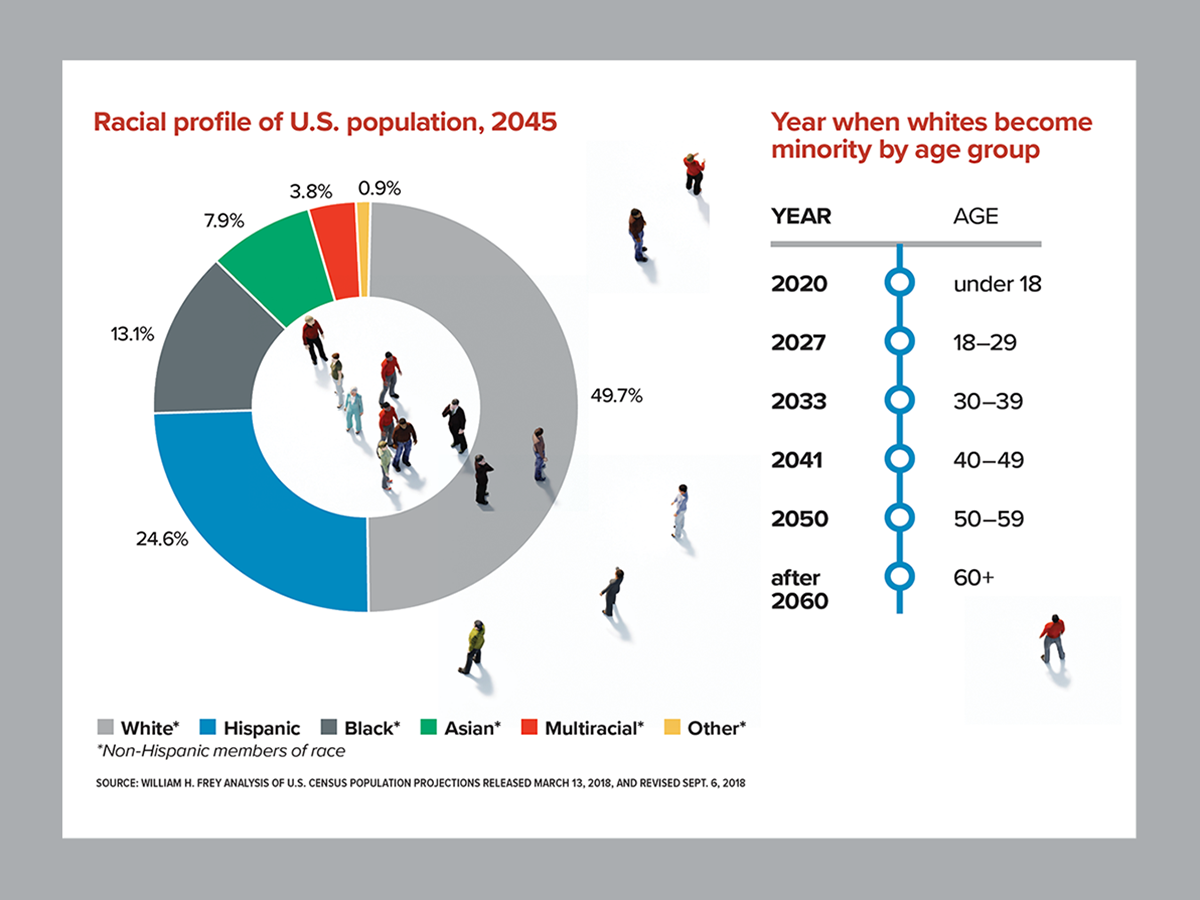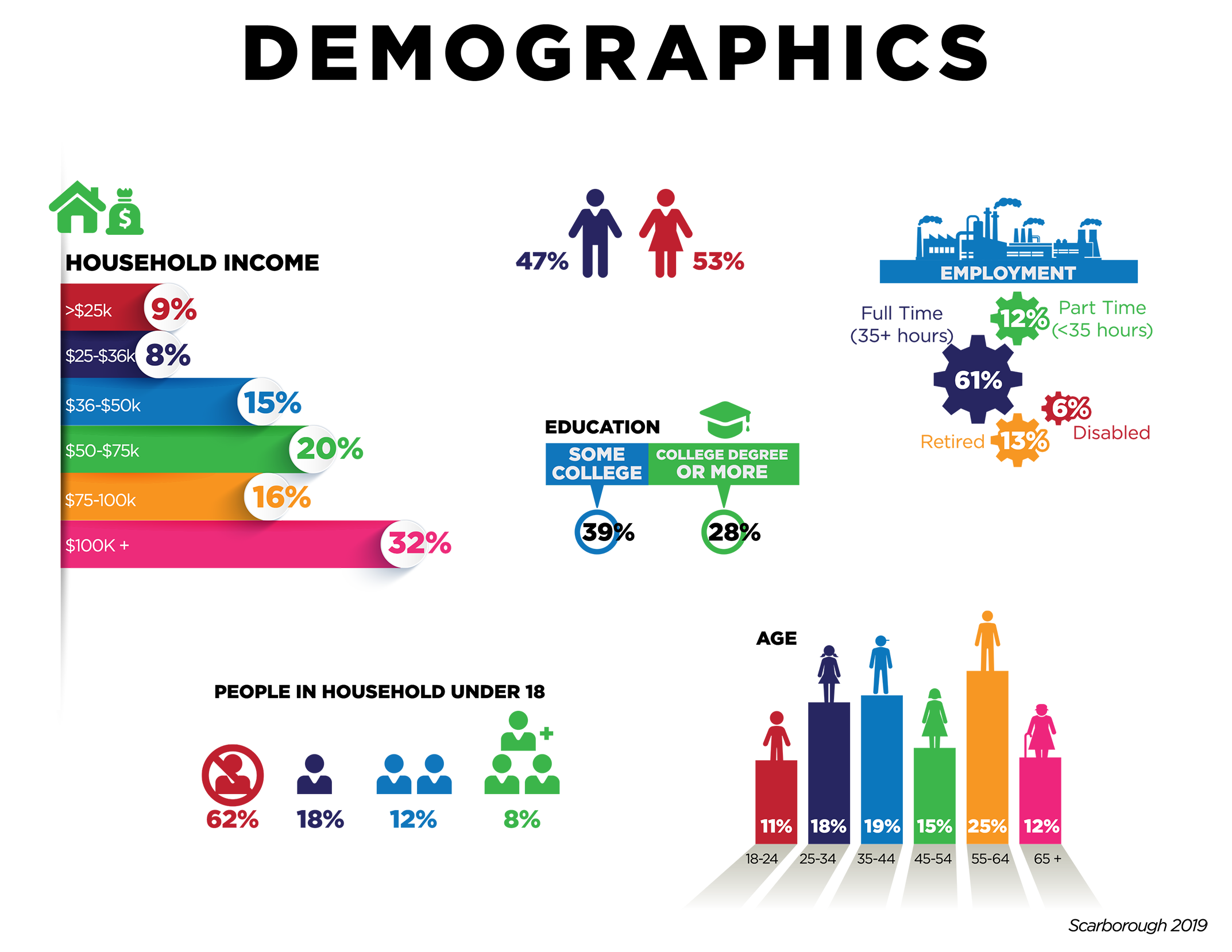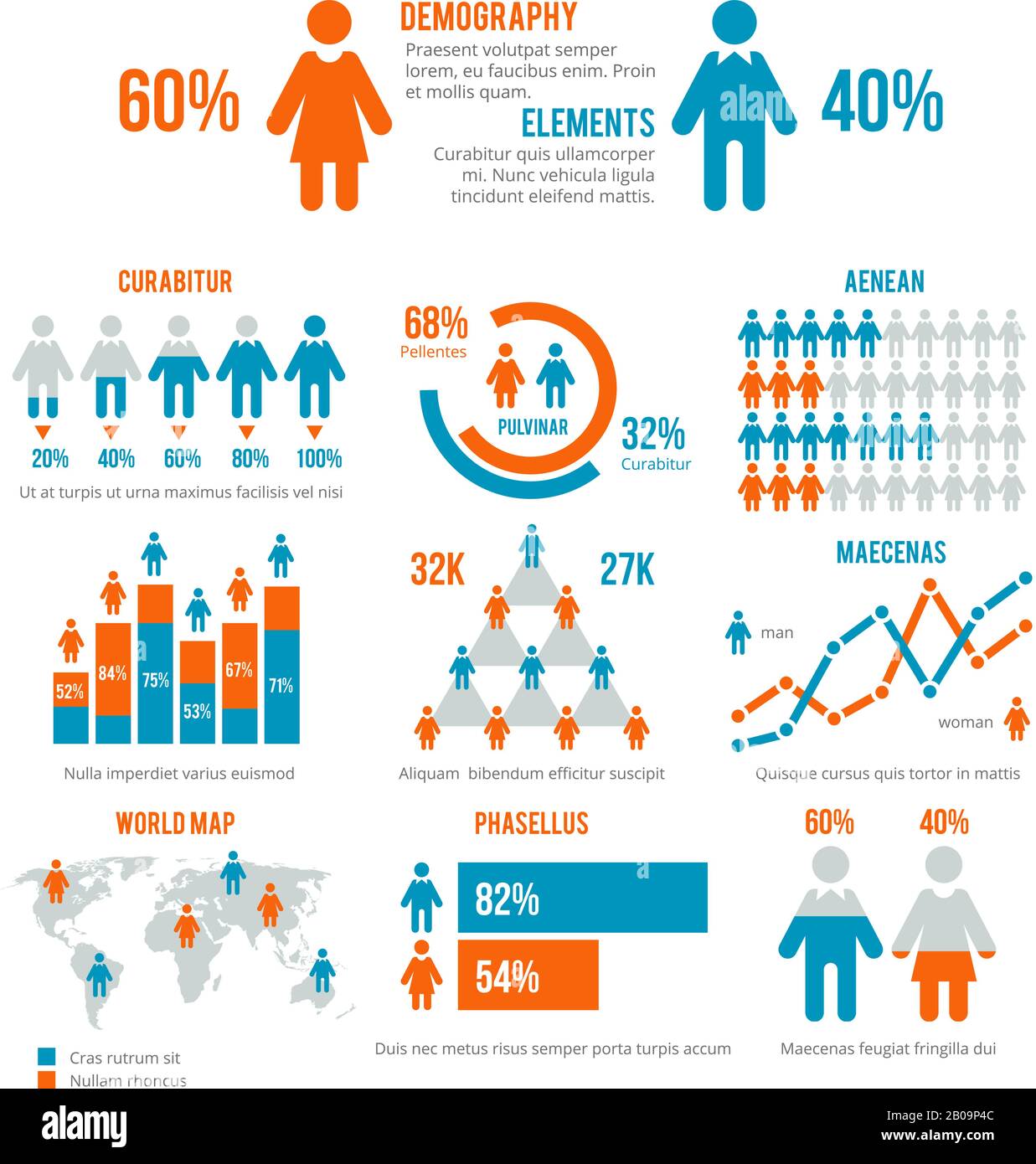Iran Demographics - A Look At Its People And Trends
Exploring the way people live and grow in a place like Iran gives us a truly interesting picture of how societies change. This Western Asian country, officially called the Islamic Republic of Iran, holds a long and deep history, with the Persian people having called this area home for nearly three thousand years. Knowing about its people, how many there are, and what they are like, helps us appreciate the story of this nation.
For quite some time, the number of people living in Iran saw a rather quick rise. This period of rapid population increase happened during the last half of the twentieth century, so it's almost a very clear trend we can observe. By the year 2016, for instance, the count had reached something like eighty million individuals, which is quite a lot of people.
As of more recently, like in November of 2024, the population has continued to grow, reaching a figure of around ninety-one and a half million. However, things are shifting a bit, and in recent years, the rate at which new babies are born has seen a noticeable fall, which is a rather significant change for the country's future population makeup.
Here is a quick guide to what we will talk about:
- What Are the Big Population Changes in Iran?
- Who Lives There - The People of Iran's Demographics
- How Does Age and Gender Shape Iran's Demographics?
- A Glimpse into the Future - Iran's Demographics
- Taking a Look at Regional Views of Iran's Demographics
- What About the Ethnic and Religious Background of Iran's Demographics?
- Understanding Current Population Figures for Iran's Demographics
- Where Does This Information About Iran's Demographics Come From?
What Are the Big Population Changes in Iran?
The story of Iran's population is one of considerable movement, particularly when we consider the last part of the 1900s. There was, you see, a very strong upward movement in the number of people living within its borders. This surge was quite noticeable, leading to a substantial increase in the total count of residents.
This period of growth meant that by the year 2016, the country was home to approximately eighty million people. That's a pretty large number of folks, and it shows just how much the population expanded in a relatively short period. It’s a statistic that really highlights the momentum of human life within the country, so.
- Uncut Web Seres
- How Do I Access My Raspberry Pi From Anywhere
- Ww Xxcom
- Nicolas Jacques Charrier
- Pilpinay
Moving forward in time, to November of 2024, the population continued its upward trend, reaching nearly ninety-one and a half million individuals. This continued increase shows that the country is still adding people, though the speed of that addition has started to change, as we will talk about a little more.
Interestingly, in recent times, the number of births has seen a rather noticeable decrease. This means that while the population is still growing, the rate at which new people are joining the community has slowed down. It's a shift that has a lot of implications for what Iran might look like in the years to come, you know.
Who Lives There - The People of Iran's Demographics
When we look at the people of Iran, we can get a good idea of their current numbers, how old they are, and the balance between men and women. We also consider things like how many children are born, how long people tend to live, and how many people live in cities versus the countryside. This helps paint a picture of the population density, too it's almost like a full portrait.
Beyond just the numbers, we can also look at things like the population pyramid, which shows the age and gender distribution in a visual way. This helps us see the dependency ratio, which is about how many people are too young or too old to work compared to those who are working. We can also see which are the largest cities, as a matter of fact, where many people gather.
The structure of Iran's population, for instance, shows a slight leaning towards more men than women. For every one woman, there are about 1.03 men, which is a fairly close balance, but still a little more on the male side. This ratio is something that can tell us a bit about the social makeup of the country, apparently.
When we consider the average age, men tend to be around 34.21 years old, while women are slightly older, with a median age of 34.61 years. These numbers give us a sense of the general youthfulness or maturity of the population as a whole. It’s pretty interesting to see how these averages play out across the entire group, you know.
How Does Age and Gender Shape Iran's Demographics?
The way people are spread out by age and gender tells a lot about a country. In Iran, the overall structure of the population shows a bit more men than women. Specifically, for every woman, there are about 1.03 men. This is a very slight difference, but it is there, indicating a somewhat higher proportion of males in the population.
Looking at the middle age point, or the median age, for men in Iran, it sits at about 34.21 years. For women, that number is just a little higher, at 34.61 years. These figures give us an idea of the typical age of someone living in Iran. It shows a population that is, in some respects, past its very youngest years, but not yet generally older, either.
Understanding these age and gender patterns is pretty important for a country. It helps in planning for schools, for jobs, and for care for older people. If a population is generally younger, it might need more resources for education, for example. If it is older, then health services become more of a focus, that is that.
The balance of men and women, along with their average ages, helps paint a picture of the social fabric. It can influence everything from household sizes to the types of jobs available. So, knowing these basic facts about age and gender is quite helpful in understanding the people of Iran and their daily lives, really.
A Glimpse into the Future - Iran's Demographics
Looking ahead, we can get an idea of what Iran's population might be like in the coming years, including the present year of 2024. This includes knowing about the expected population size, how quickly it might grow, the balance between men and women, and how long people might live. We also look at the median age and the rate at which children are born, naturally.
It's also possible to compare Iran's demographic facts with those of other countries and different areas around the world. This helps put Iran's situation into a wider perspective. You can see how its numbers line up against others, which is pretty interesting, as a matter of fact.
There are also ways to see how these population figures change over time, and even projections stretching out to the year 2100. Graphs and visual tools can help show how the total number of people, the count of men, the count of women, and the average age of residents are expected to shift. This provides a very long-term view of the country's human dynamics.
Current and future estimates also cover things like how many people live in a certain area, which is population density. We also consider how many people live in cities, which is urbanization, and the fertility rate, which is about how many babies women are having. These projections help us prepare for what's to come, basically.
Taking a Look at Regional Views of Iran's Demographics
When we talk about the population of Iran, it is worth looking at the smaller parts that make up the whole, such as its provinces and counties. In 2021, for instance, data was collected about the people living in these specific areas. This kind of detail helps us understand how people are spread out across the country, rather than just the total number for the whole nation.
Iran, which is officially known as the Islamic Republic of Iran, is a fairly large country in Western Asia, and it has a good number of people living within its borders. This geographical fact means that understanding the population at a more local level, province by province, gives a much clearer picture of where people reside and how communities are formed. It’s pretty helpful, you know.
The region itself has a very long past, being the original home for the Persian people for nearly three thousand years. This deep historical connection means that the way people are distributed today, and how populations have changed in different areas, is influenced by centuries of human settlement and movement. So, looking at regional numbers helps us connect with that long history, too it's almost.
When we look at the population data for Iran, we can explore things like the growth rate in different areas, how dense the population is in specific places, and other important facts about the people living there. This includes information about births and deaths in various regions, giving us a more complete picture of life across the country, in a way.
What About the Ethnic and Religious Background of Iran's Demographics?
The background of people in Iran, including their ethnic groups and religious beliefs, is a very rich part of the country's story. Back in 2009, for example, there was information about the distribution of different groups. Over its long history, the practice of religion in Iran has been shaped by many different faiths and groups, which is pretty interesting to consider.
For instance, there was a belief system called Manichaeanism that was present in Iran during an earlier time. This shows that the country has always been a place where different ideas and ways of thinking about spirituality have coexisted or followed one another. It's a very clear sign of a varied religious past, as a matter of fact.
The vast majority of the people in Iran, about eighty percent of them, belong to what are called Iranian peoples. This is a big group that includes several smaller ones. The largest among these are the Persians, who are often called Fars, and they make up a significant portion, about sixty-one percent of the total Iranian population. This shows how one group is a very big part of the overall makeup, you know.
Understanding these ethnic and religious groups is quite important for seeing the full picture of Iran's population. It helps us appreciate the different cultures and traditions that contribute to the country's identity. This mix of backgrounds makes Iran a very diverse place, with many different stories and ways of life, so.
Understanding Current Population Figures for Iran's Demographics
Let's look at some very recent numbers for Iran's population. As of Friday, July 11, 2025, the total number of people living in Iran is estimated to be 92,434,897. This figure shows the current count of residents in the country, which is pretty precise, isn't it?
This population is growing at a rate of 0.86% each year. This means that, on average, the number of people is increasing by a small but steady amount. To give you an idea of daily changes, there are about 3,083 births happening every day, which is quite a lot of new lives beginning. At the same time, there are around 1,228 deaths each day, which is a natural part of population change, basically.
When we put Iran's population into a global perspective, it represents about 1.12% of all the people in the world. This percentage helps us understand Iran's size relative to the entire planet's human population. It shows that while it's a large country, it's still a small piece of the global puzzle, you know.
These figures give us a snapshot of the population's daily rhythm—how many are born, how many pass away, and the overall growth. It helps to keep track of these numbers to see how the country's human landscape is changing over time. It's a very active picture of life in Iran, really.
Where Does This Information About Iran's Demographics Come From?
The facts and figures we look at concerning Iran's population come from reliable sources that gather and organize this kind of data. For example, some of the information is based on the United Nations, specifically their Department of Economic and Social Affairs, Population Division. They put out something called "World Population Prospects 2022," which is available online, as a matter of fact.
Other details come from reports like those by Kevin Kinsella and Wan He, published in June 2009. These "International Population Reports" were put out by the Department of Health and Human Services in the U.S. These sorts of official documents are where researchers and interested people get their information about population trends, so.
When we talk about the number of people in Iran's provinces and counties for 2021, that data also comes from specific surveys and counts taken within the country. This local-level data helps to give a very detailed view of how people are spread out across different areas, which is pretty useful for planning and understanding communities, you know.
So, all these numbers about how many people live in Iran, their ages, how many men and women there are, how long people live, and where they live, are built upon careful collection and analysis by various official bodies. This ensures the information is as correct and up-to-date as possible, which is very important for a true picture of Iran's people, really.
This article has explored the demographics of Iran, looking at its population growth from the late 20th century to current figures, including the recent slowdown in birth rates. We covered the male to female ratio and median ages, along with projections for the future. The discussion included the regional distribution of people, as well as the ethnic and religious makeup of the population, focusing on the majority Iranian peoples, particularly the Persians. We also detailed current population statistics, daily birth and death rates, and Iran's share of the global population, with a note on the sources of this demographic information.
- Hantai Manga Website
- Ww Xx
- How To Control Your Raspberry Pi Remotely
- T%C3%A3rk If%C3%A5%C3%BFa Gizli Kamera Sotwe
- Bob Saget Wife Death

Staying Ahead of Demographic Trends | CASE

Demographics Meaning

Business statistics graph, demographics population chart, people modern